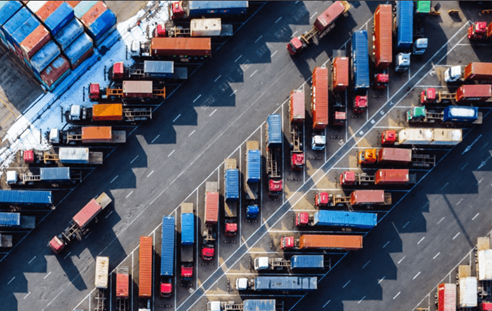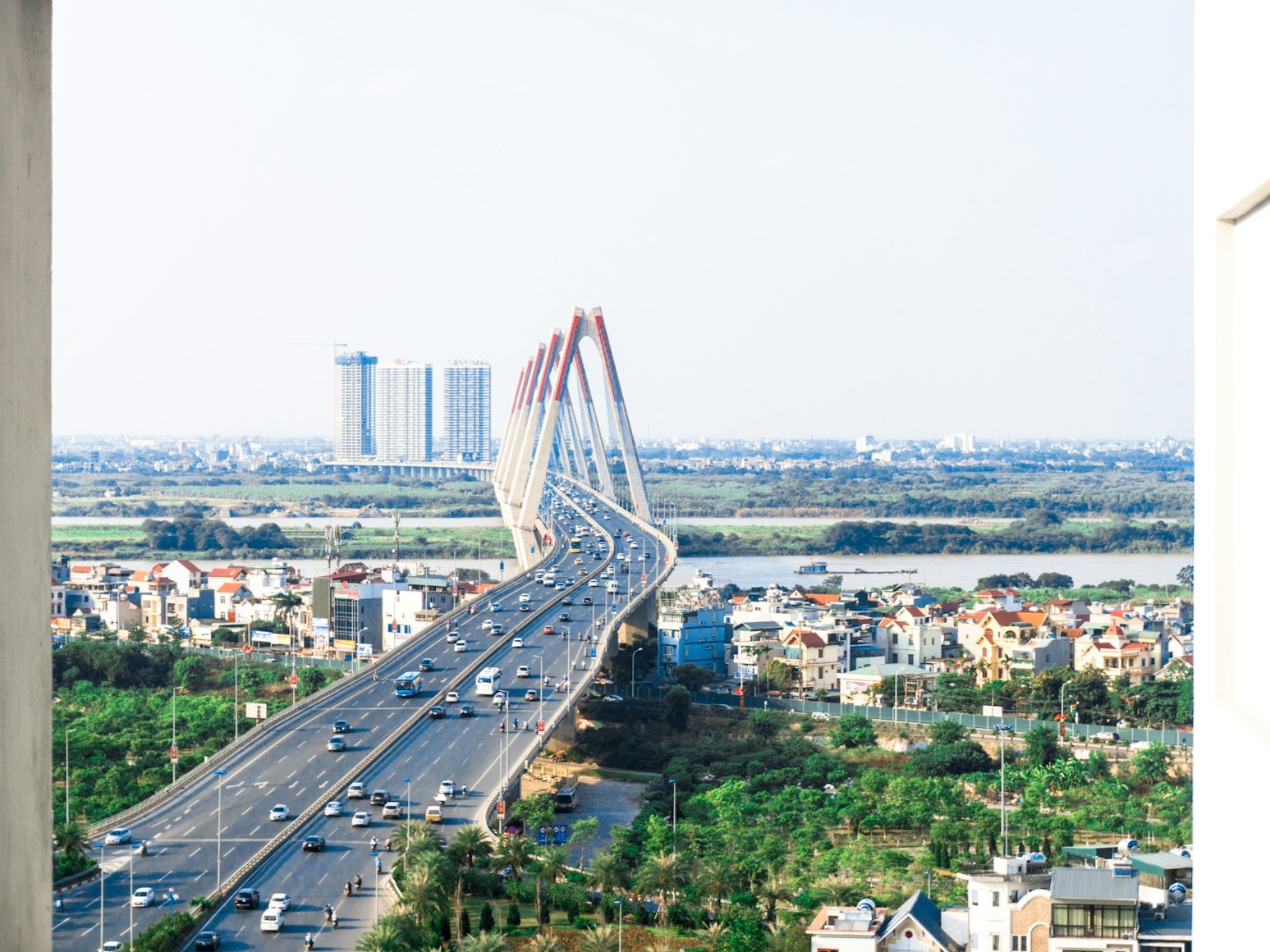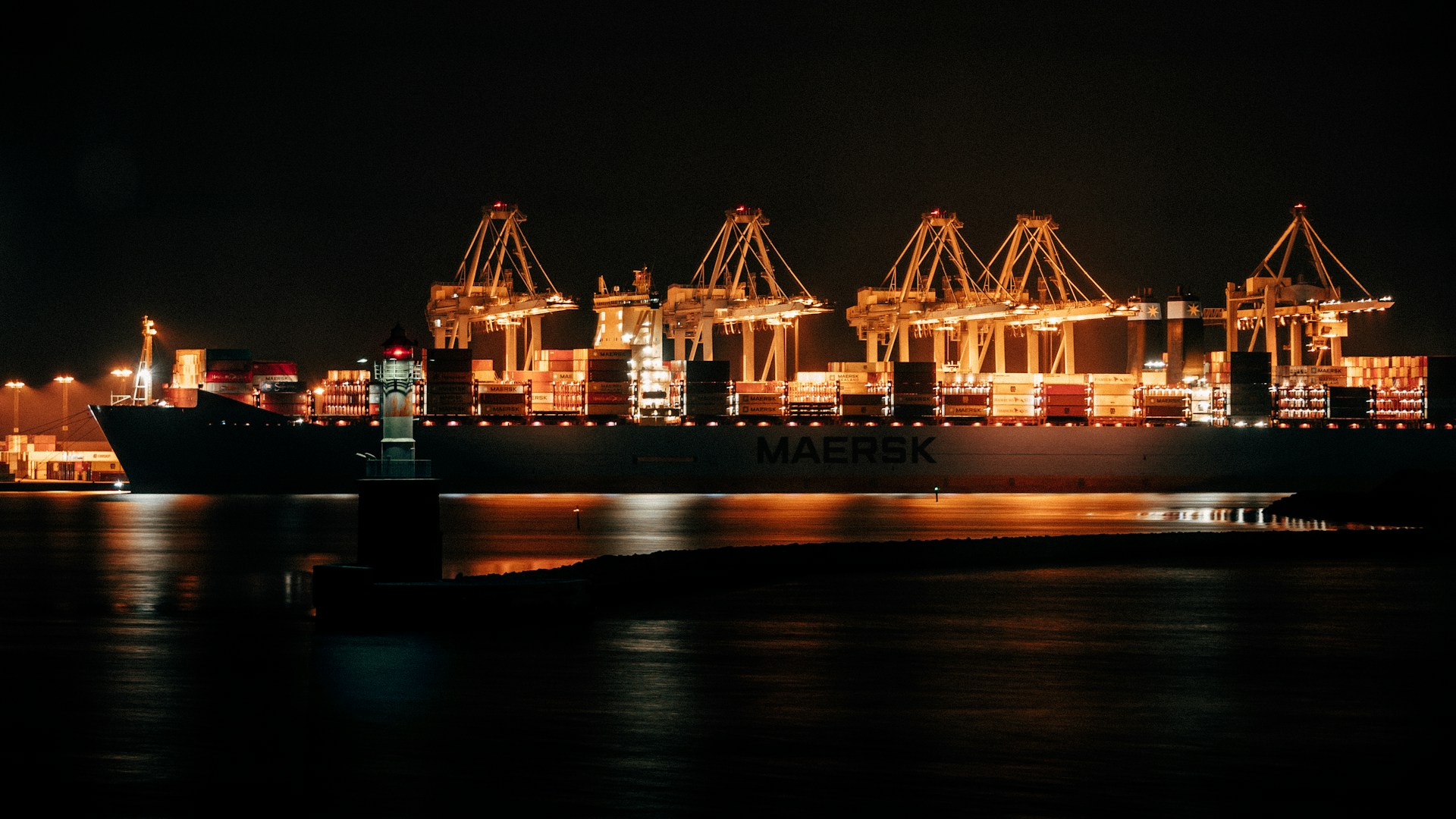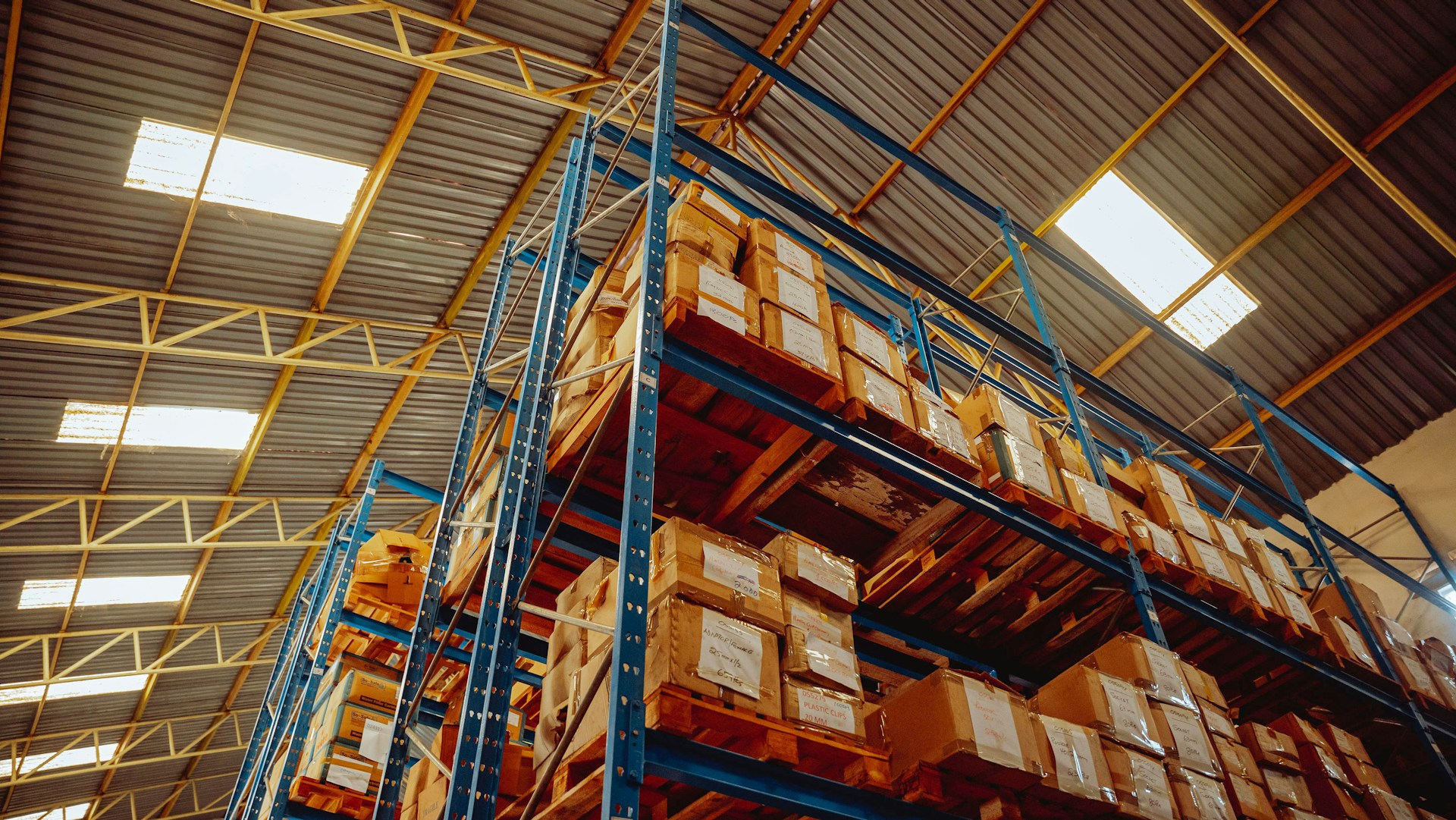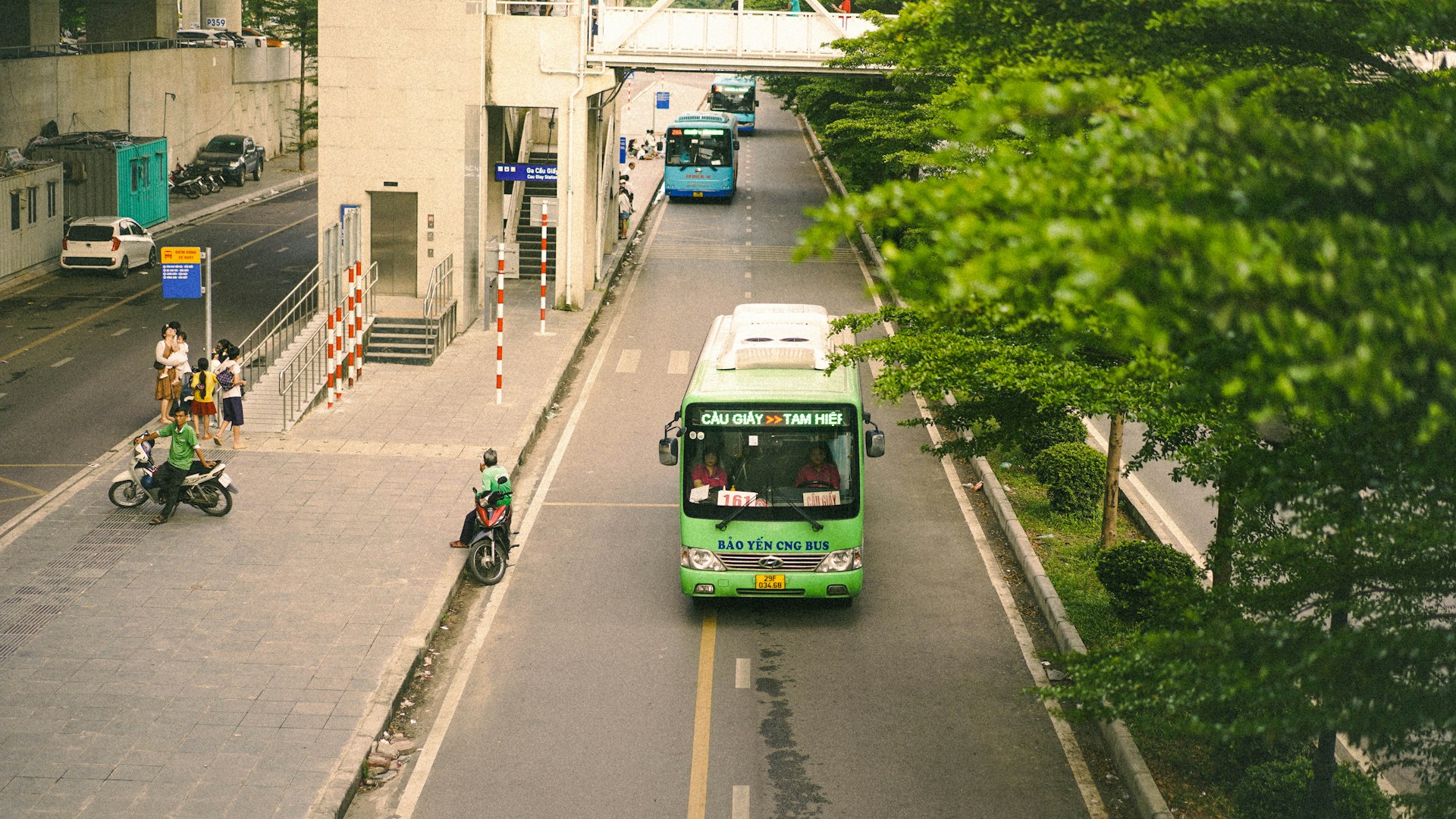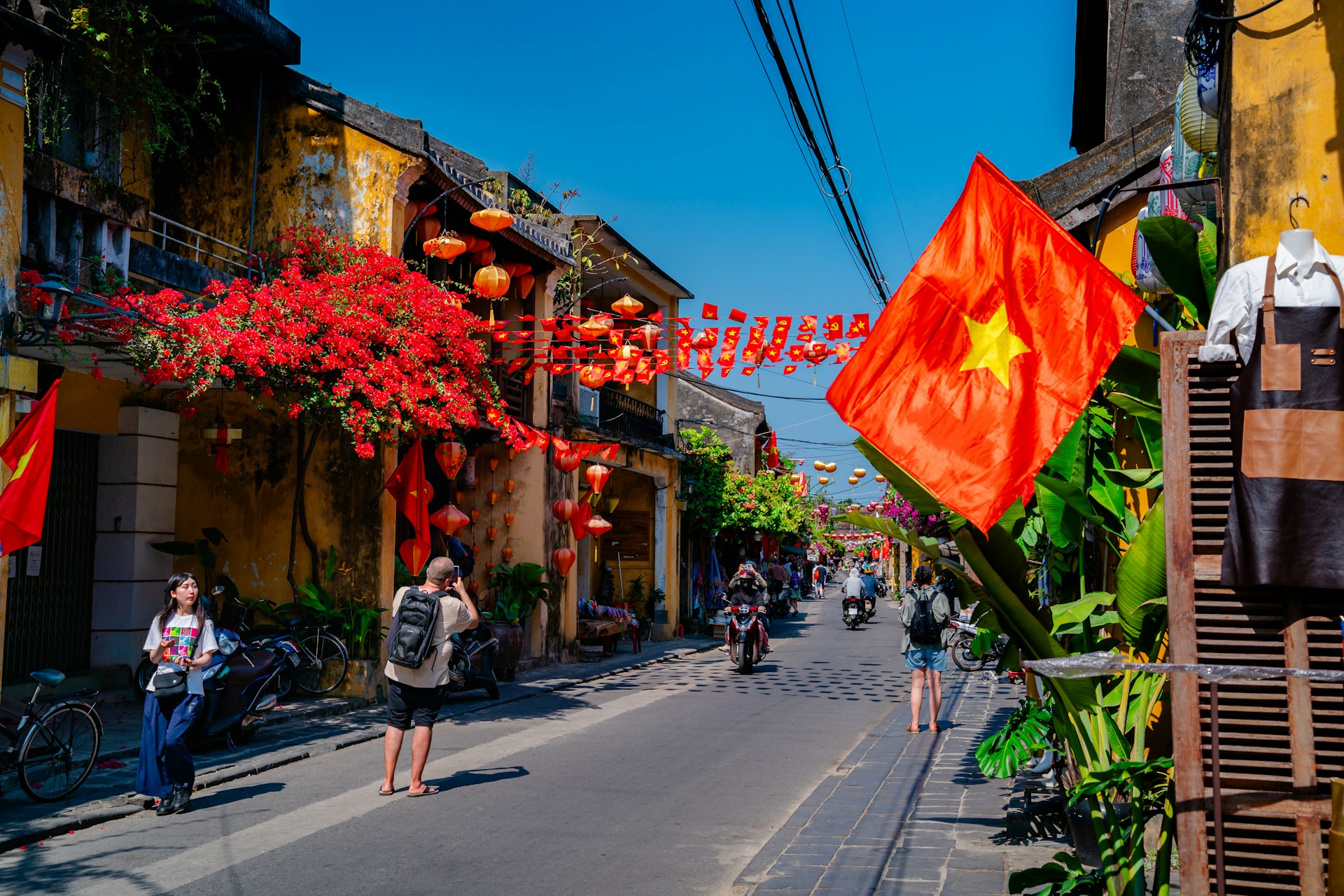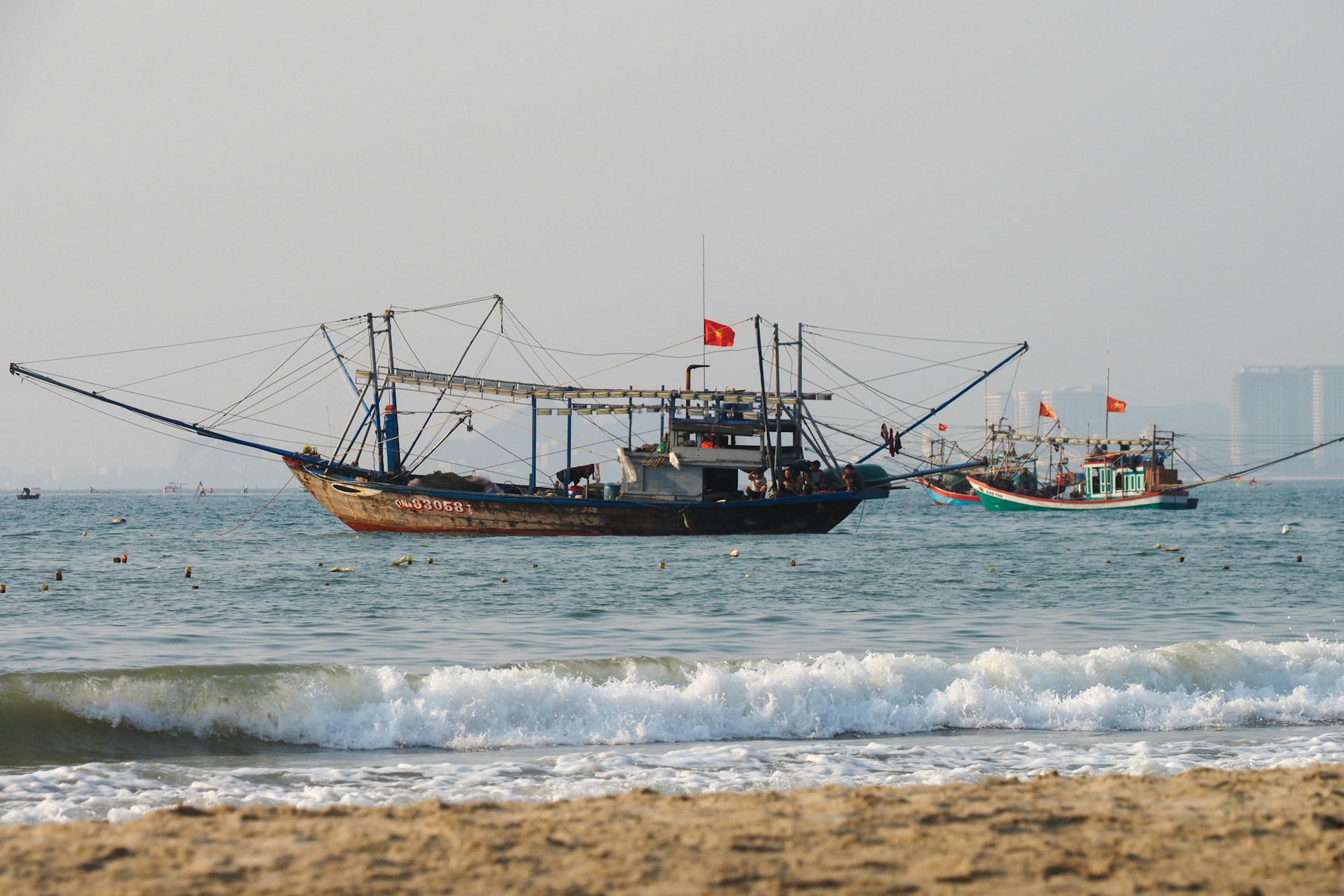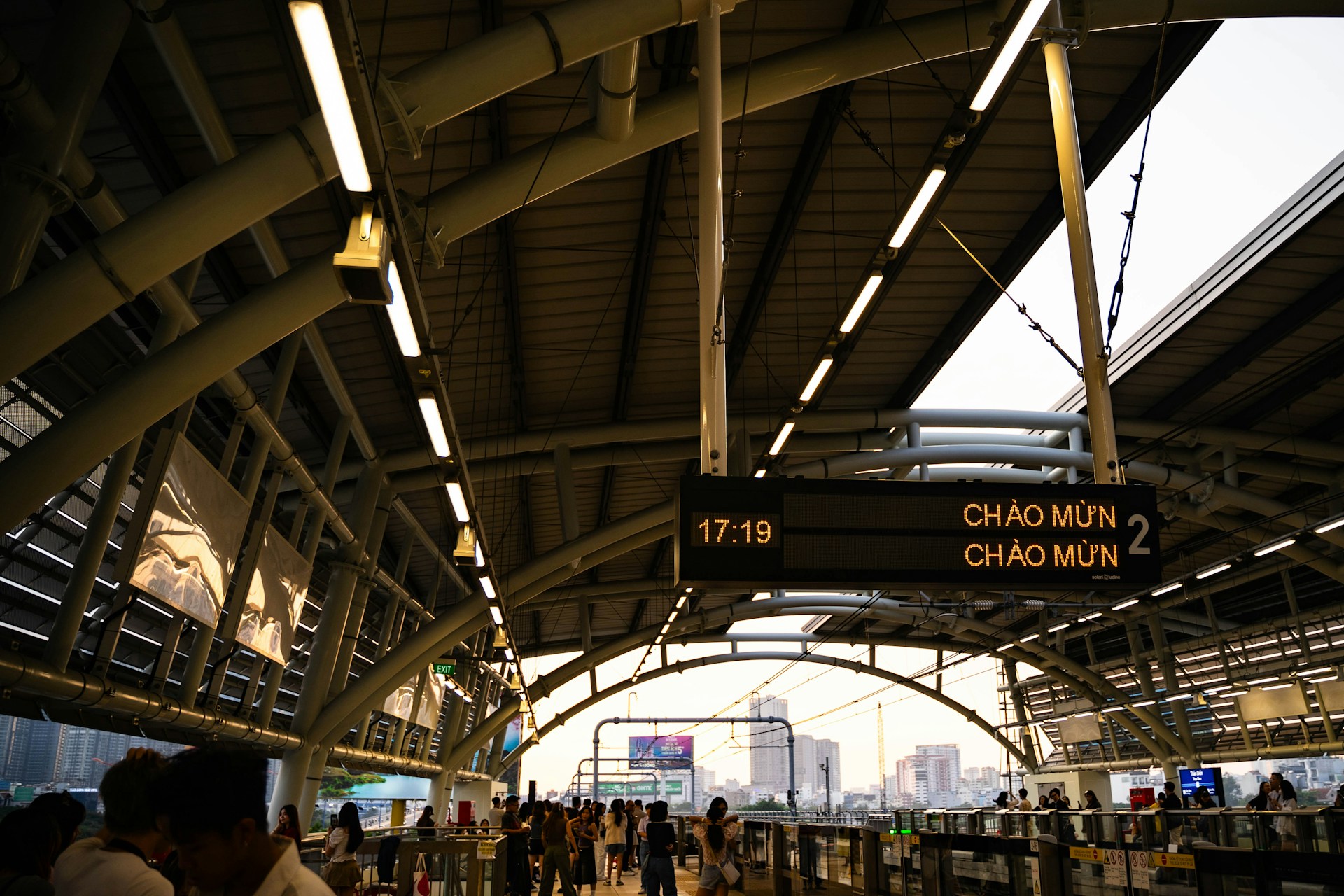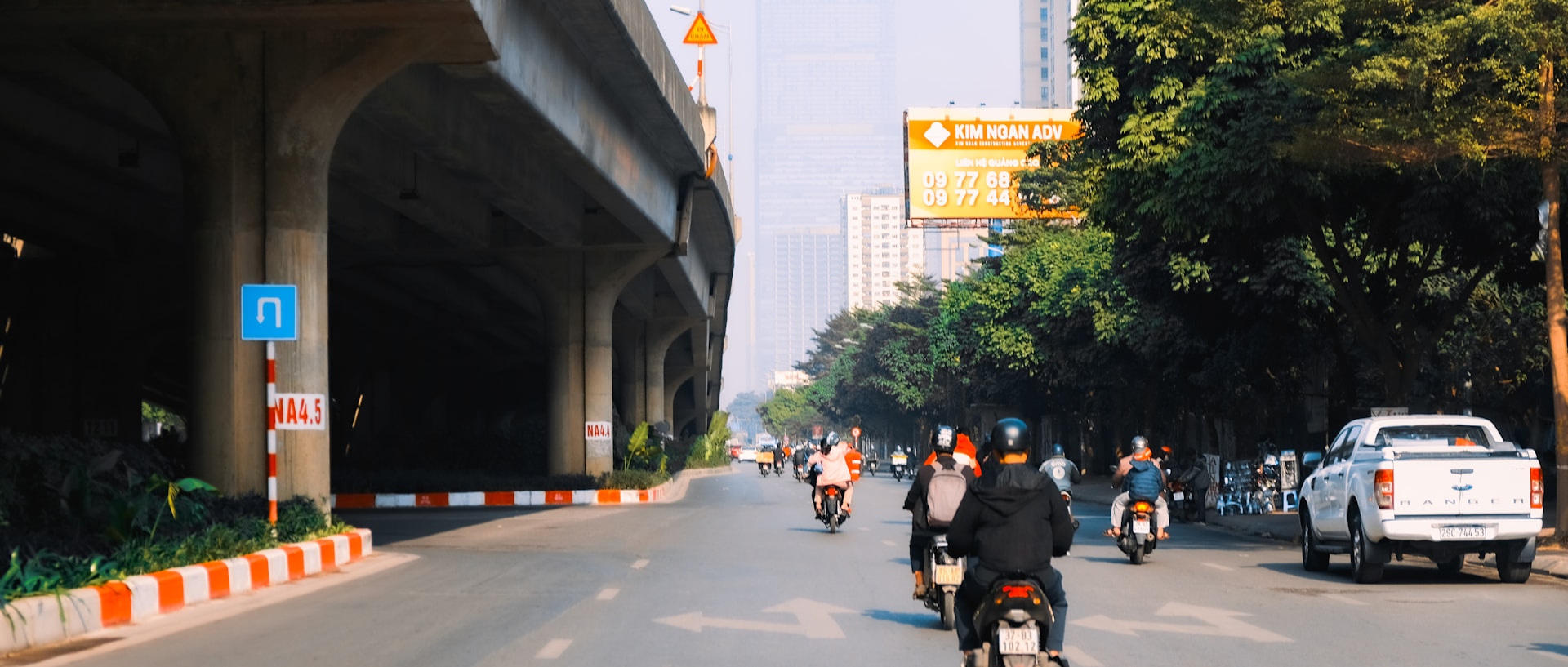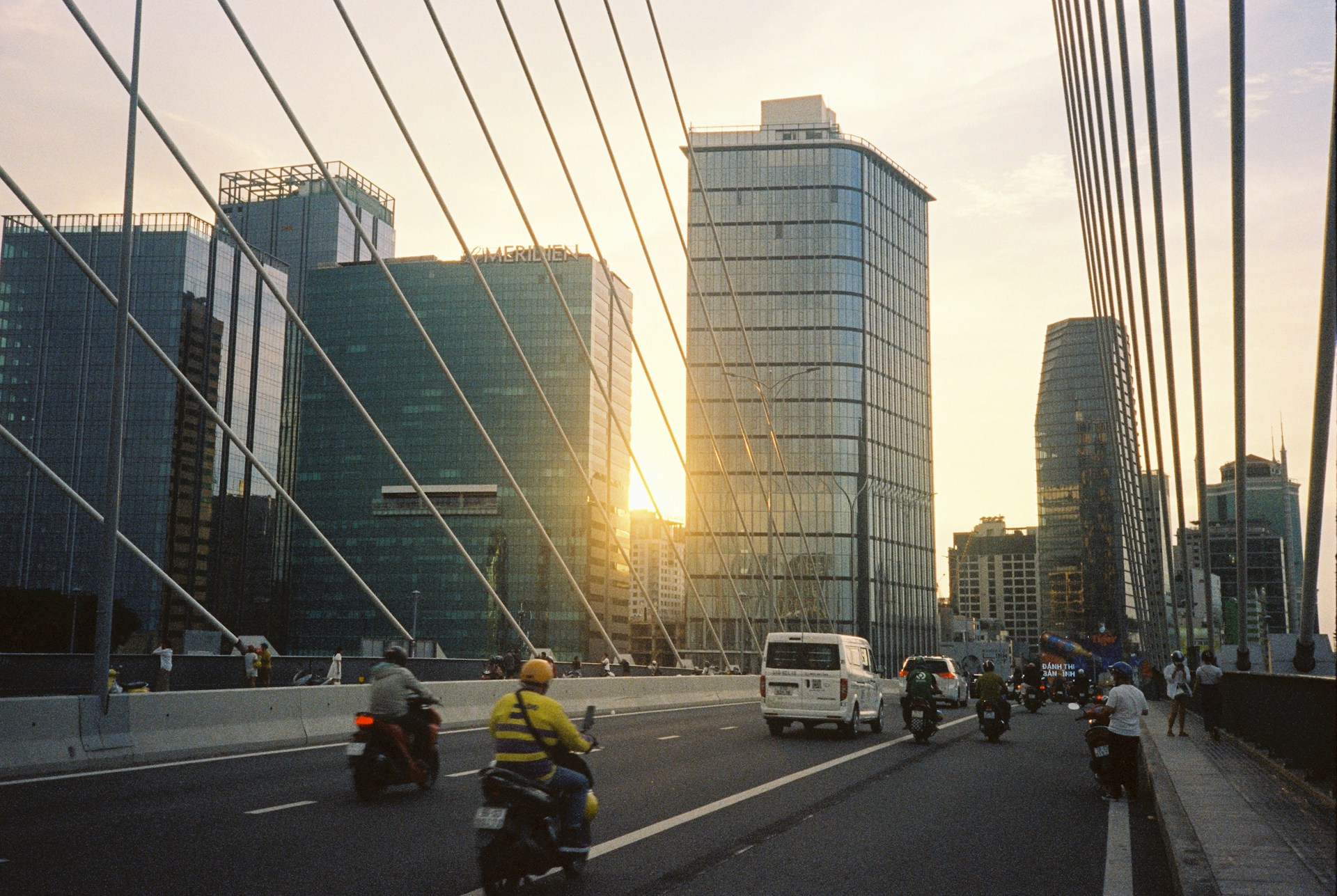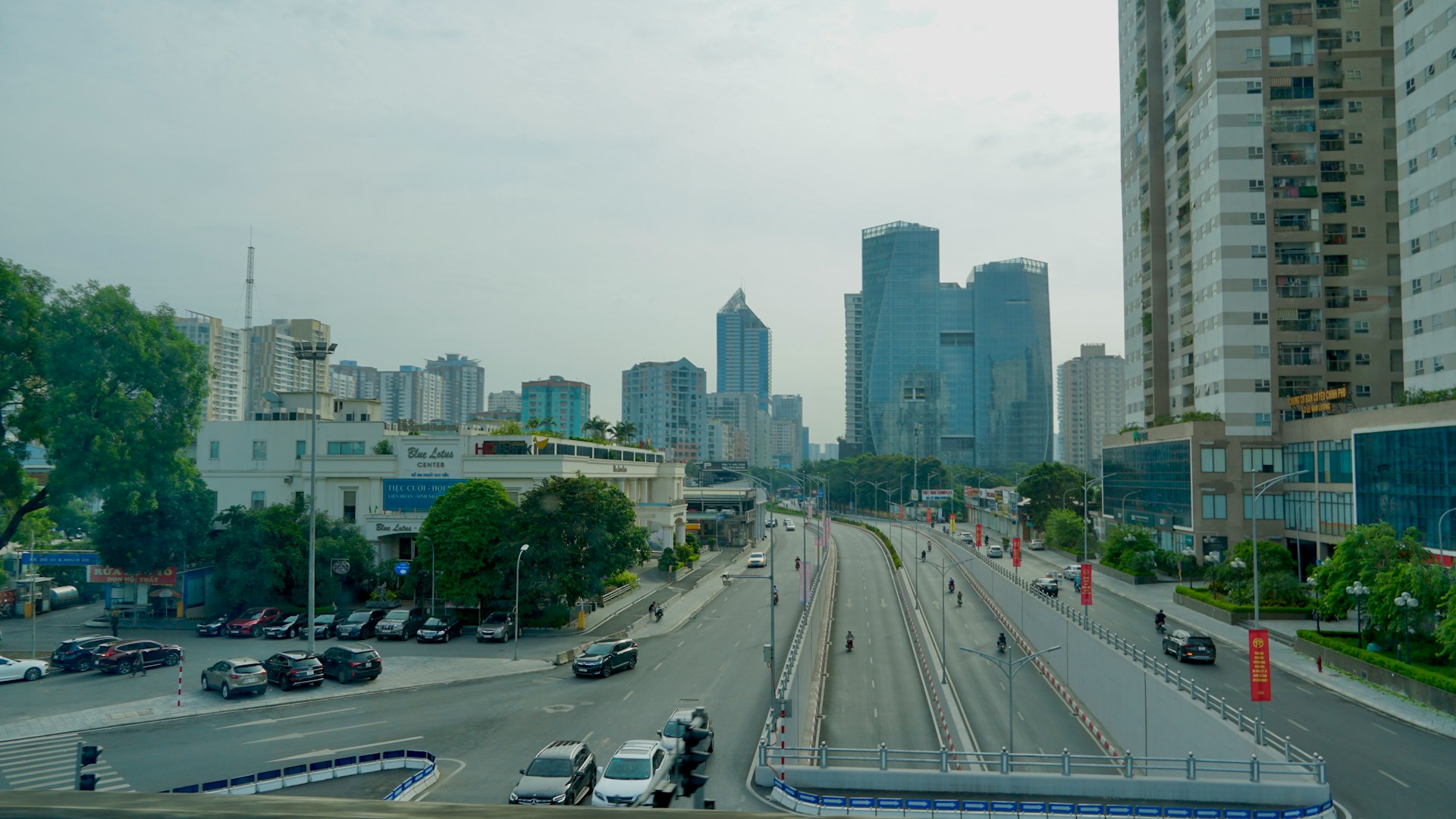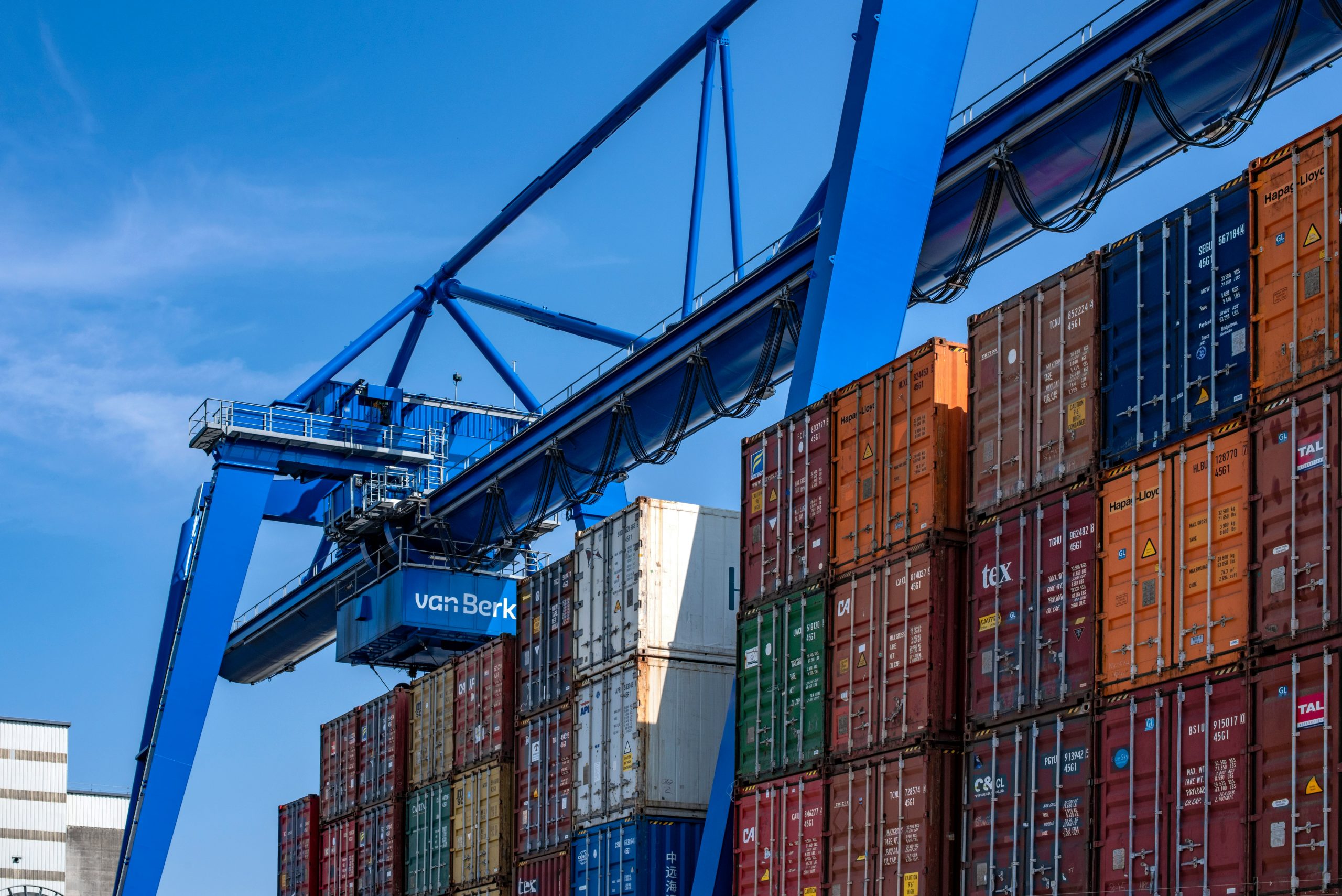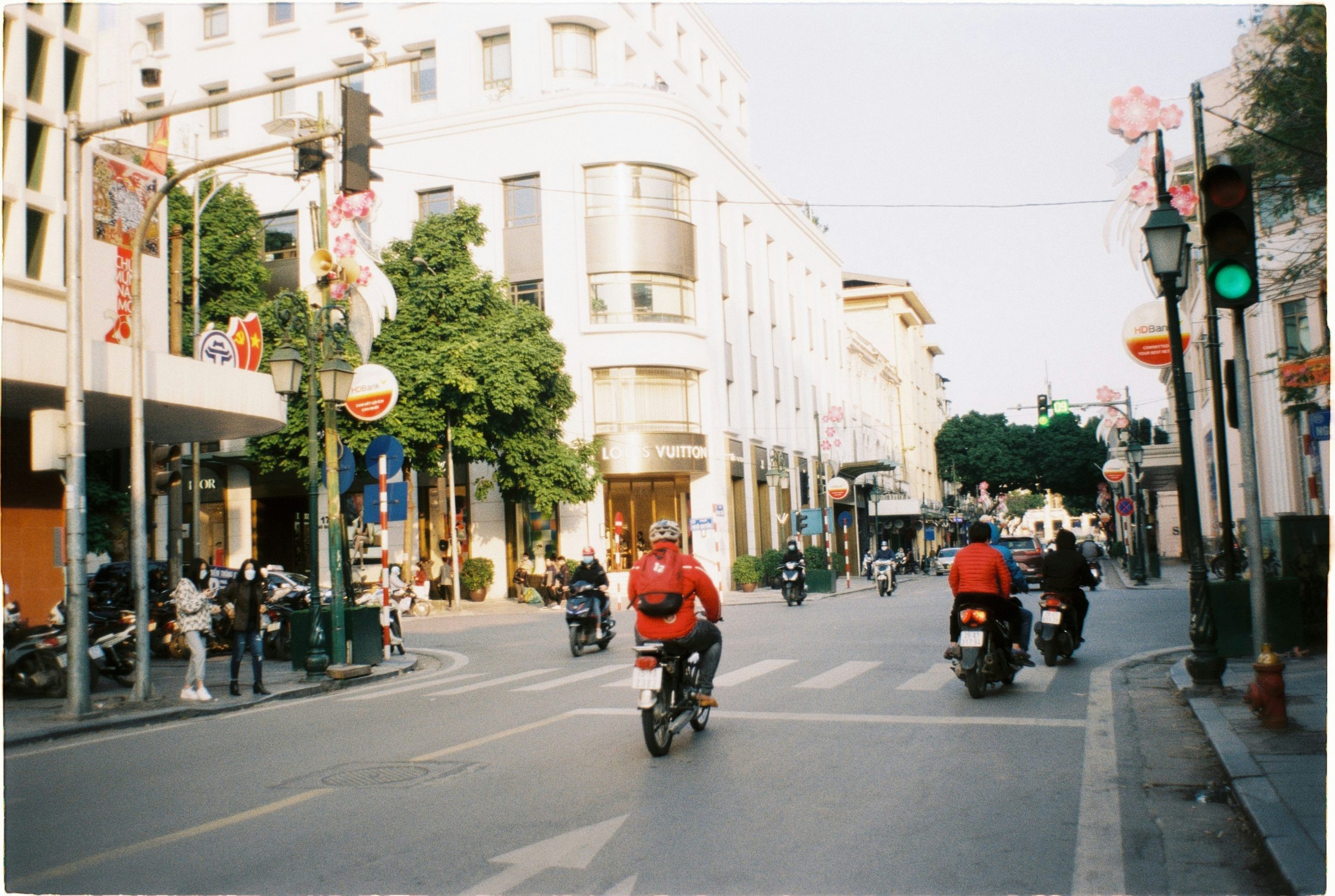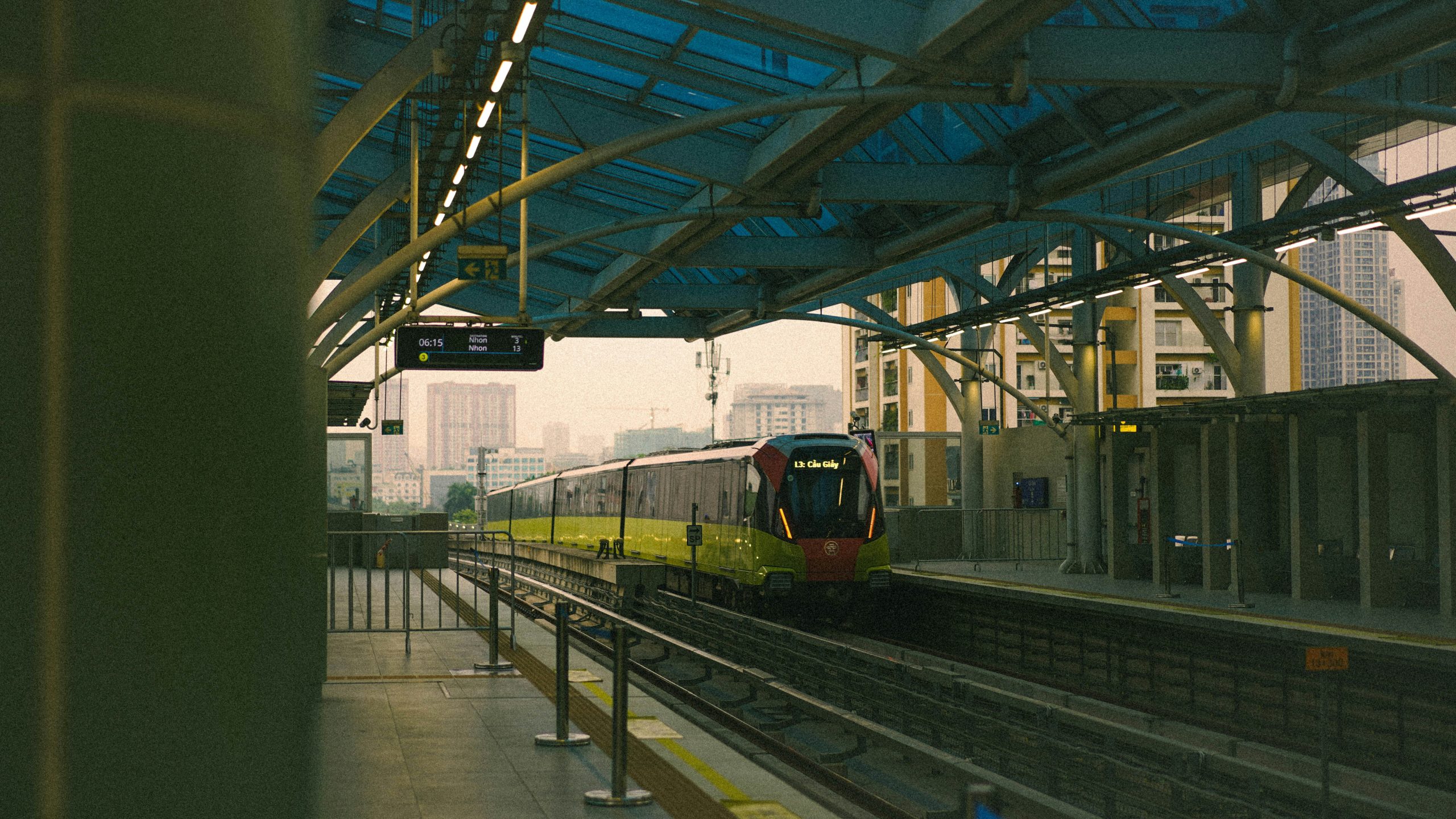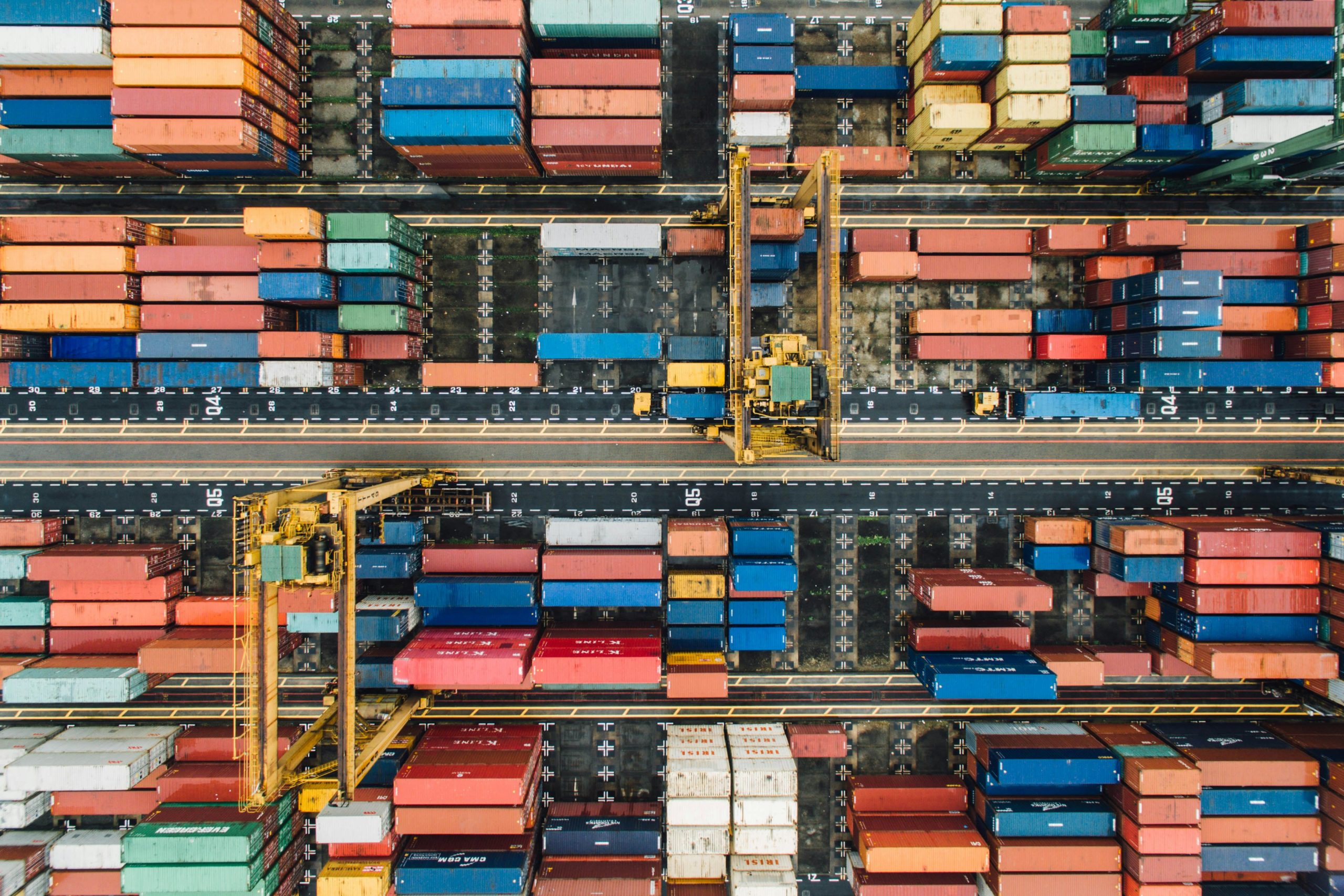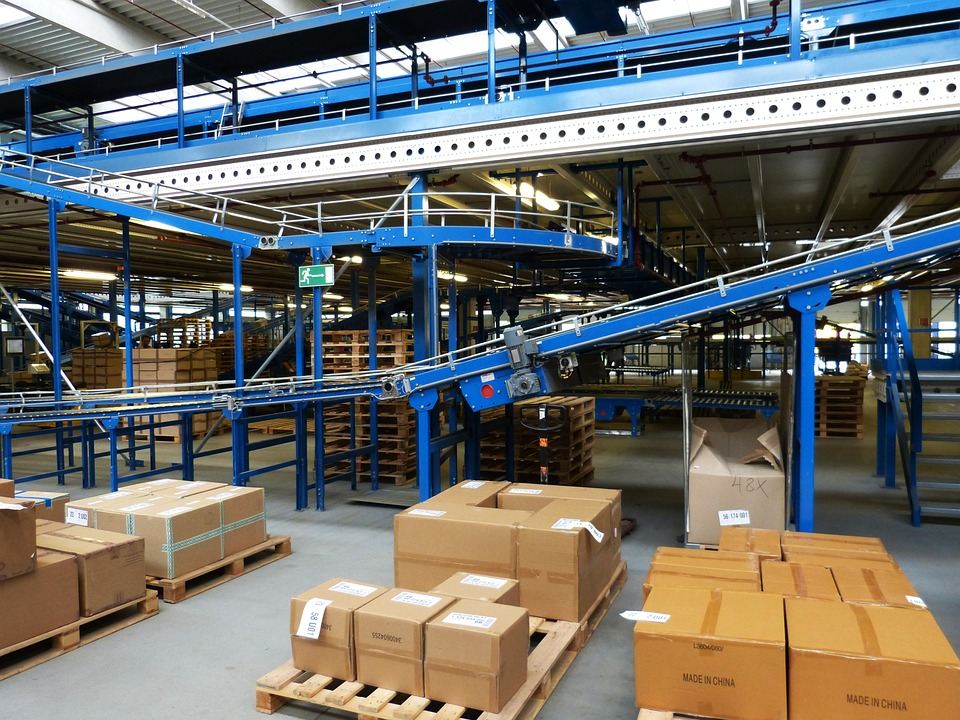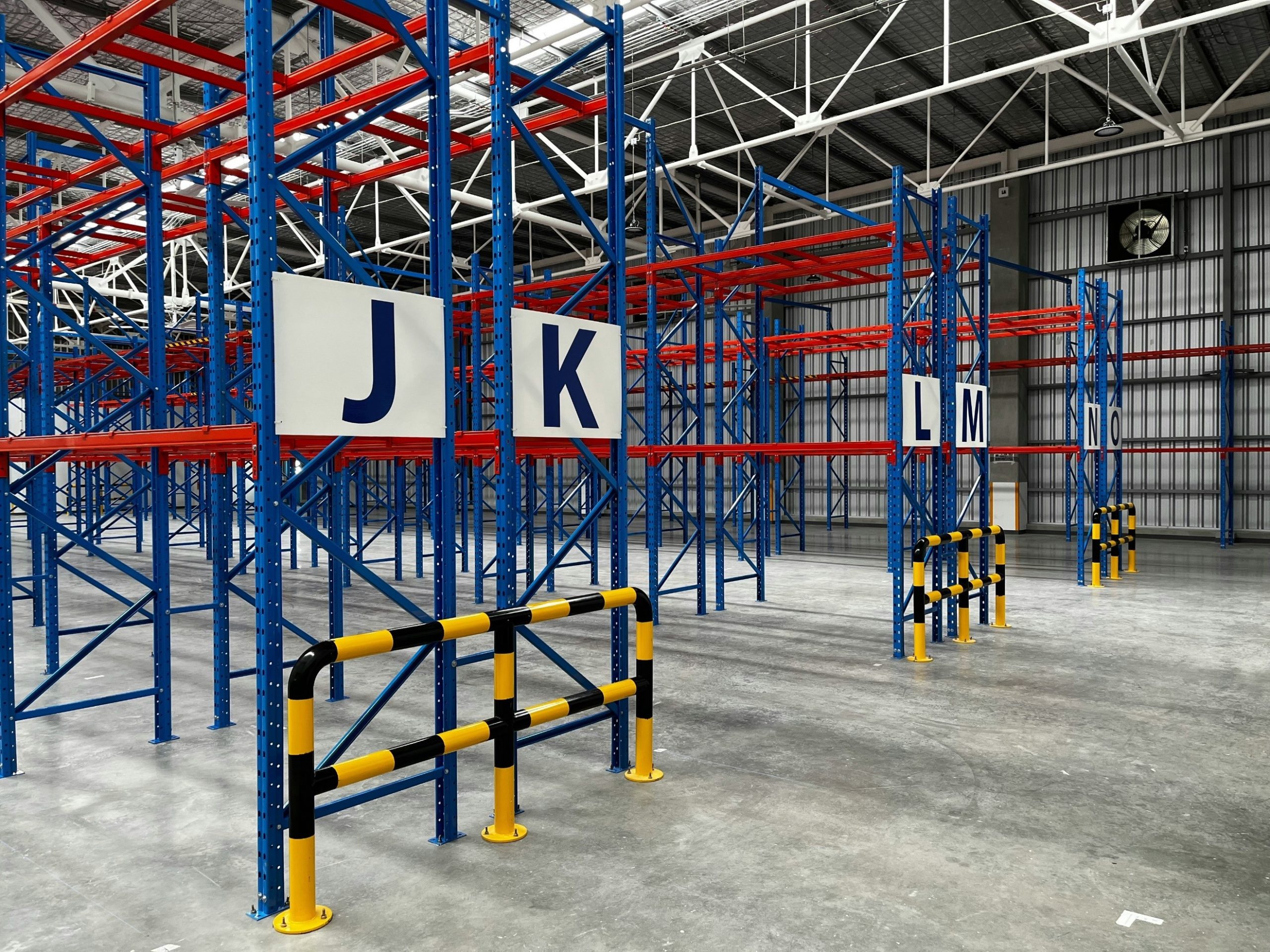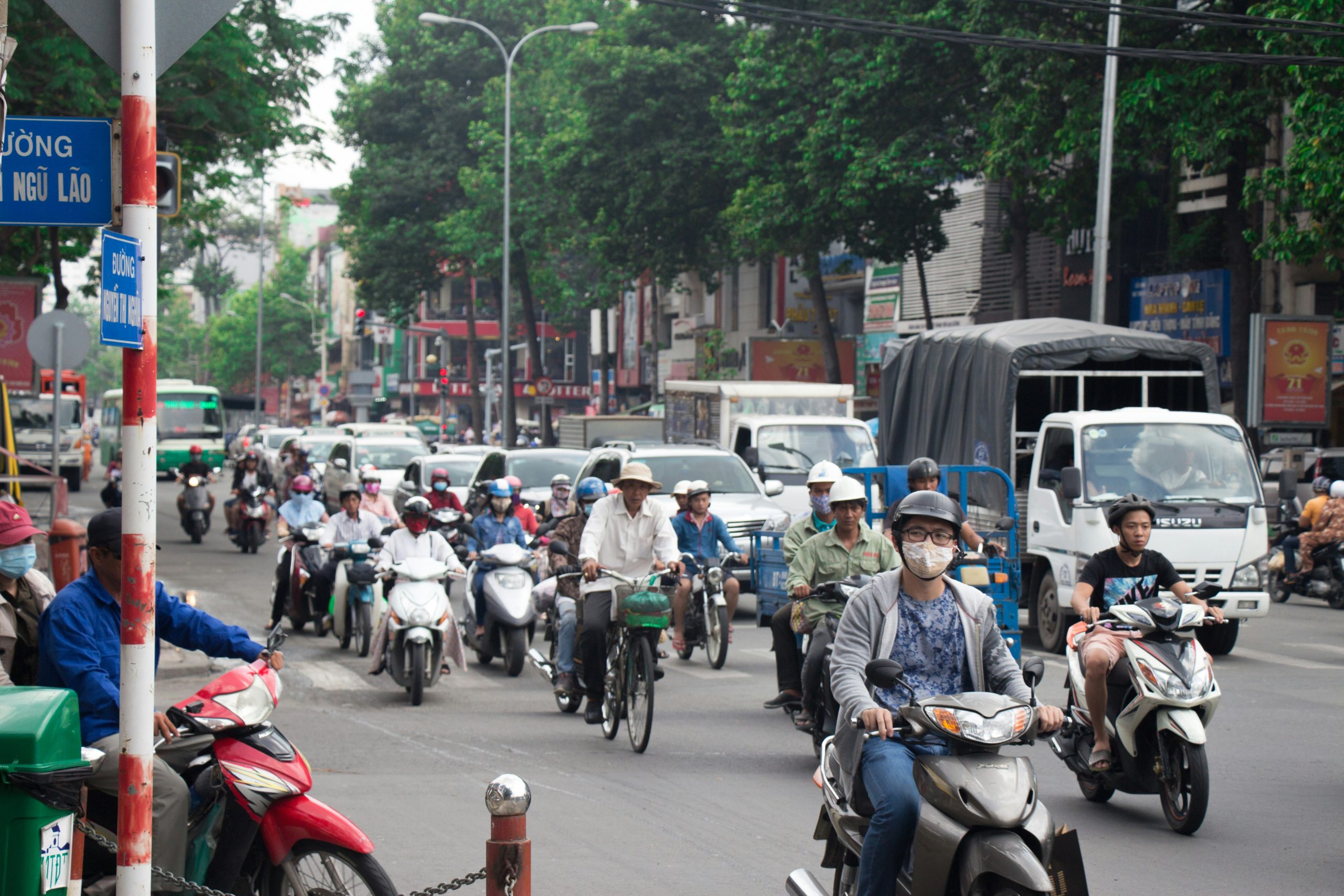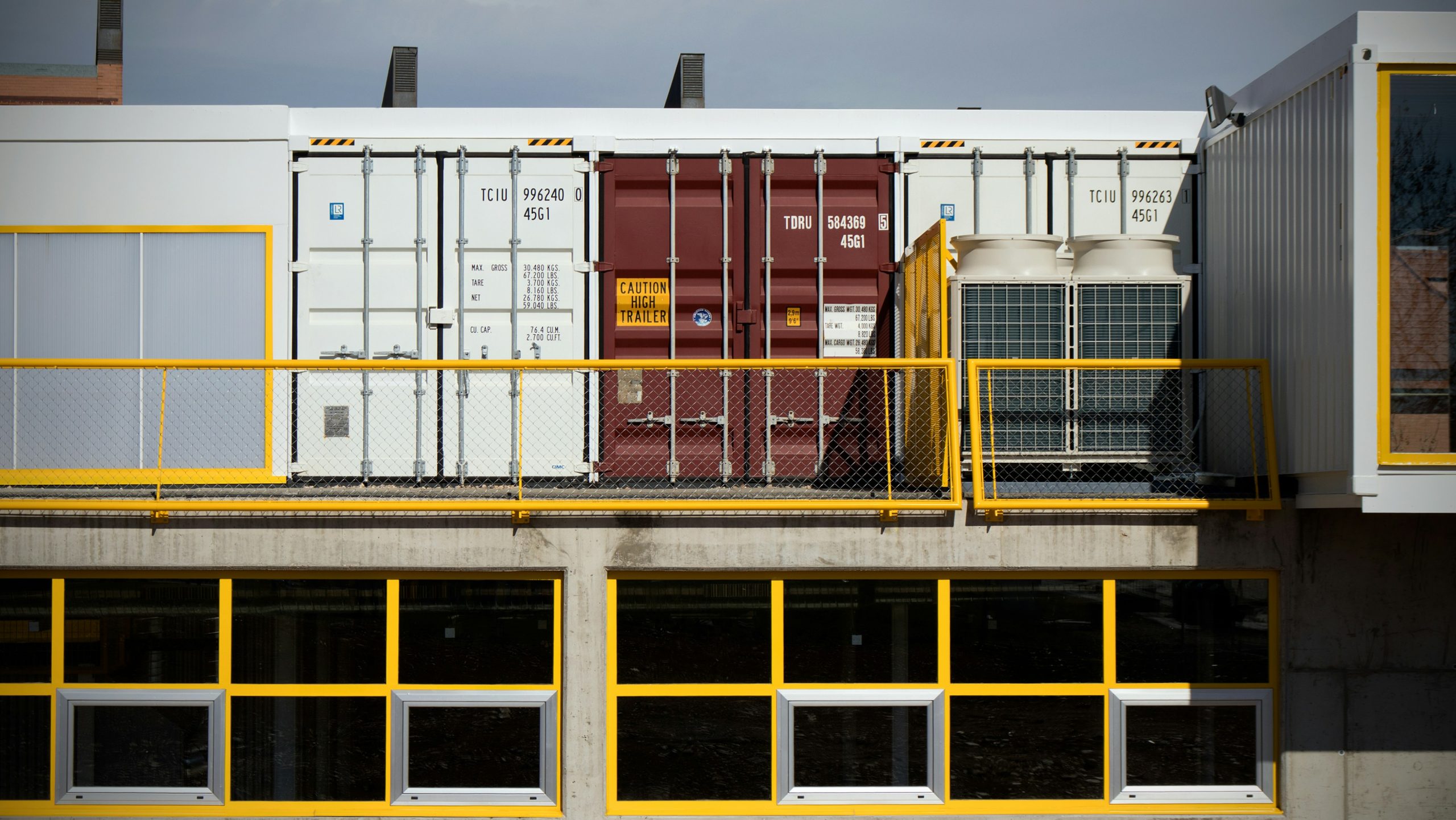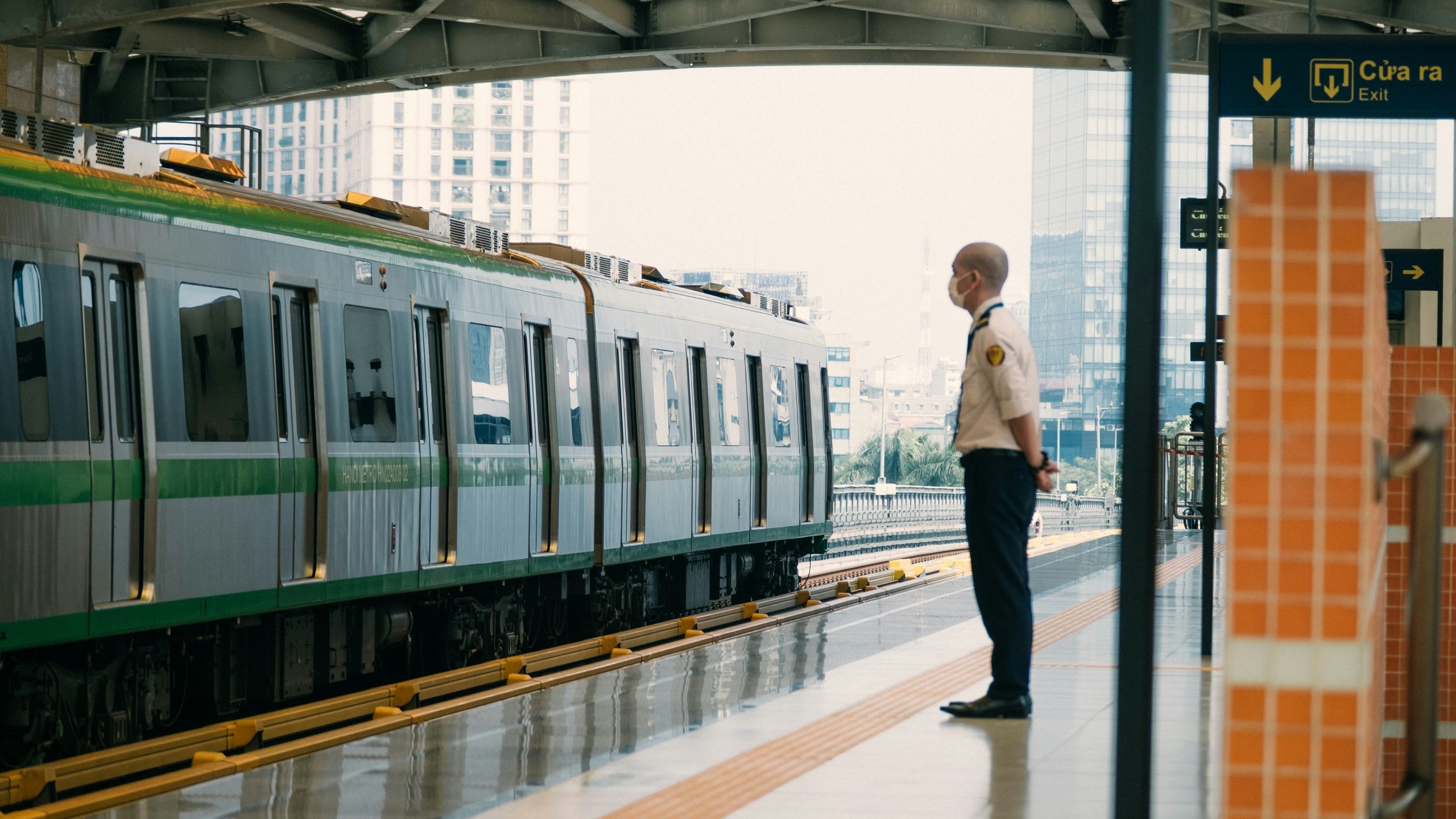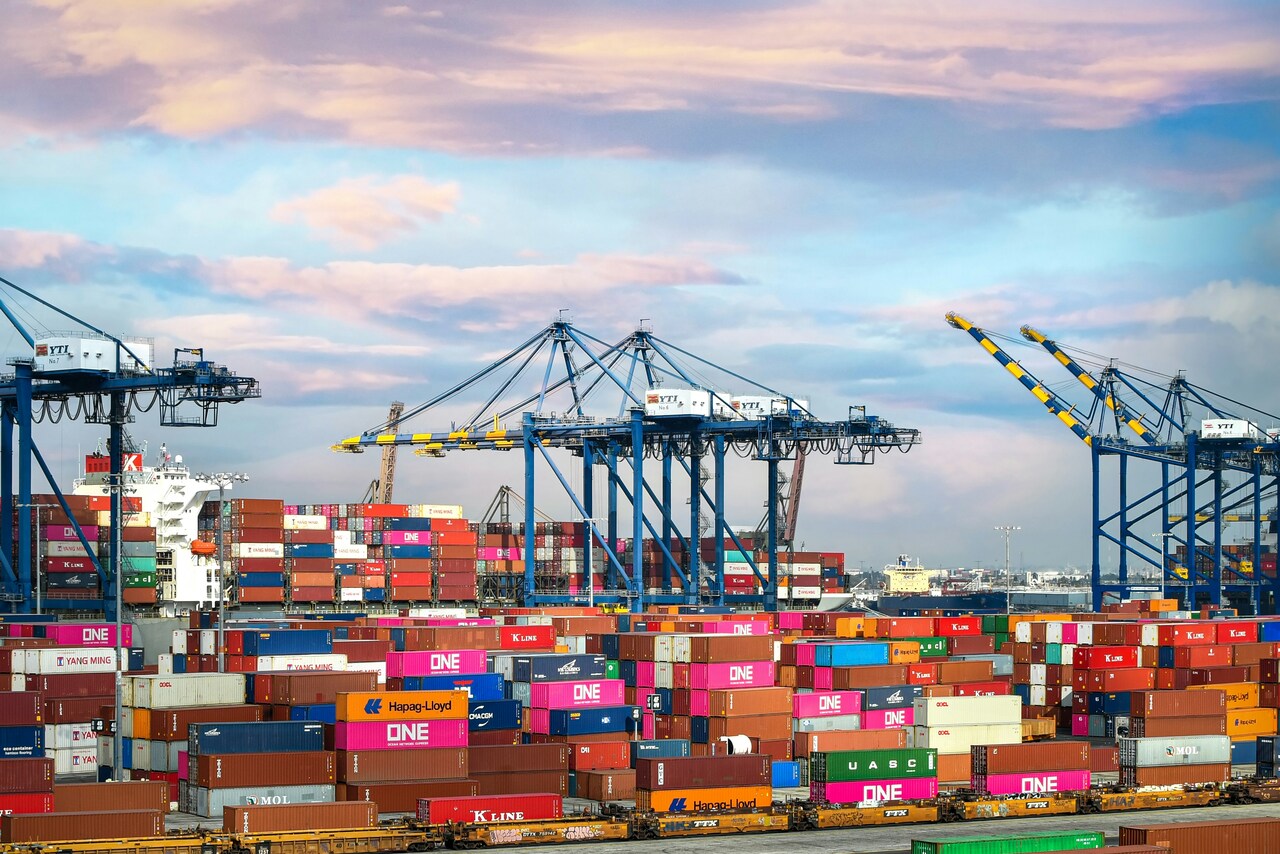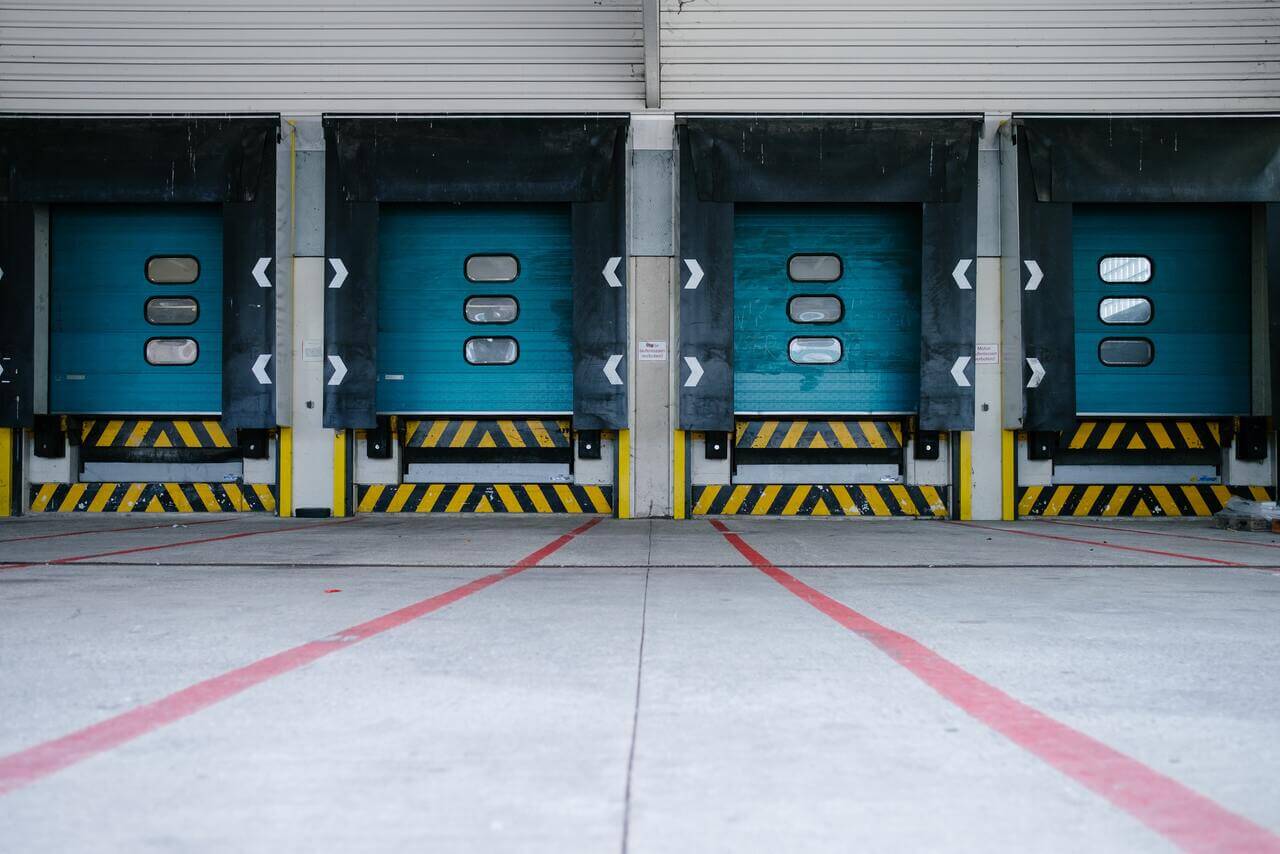
2410 月2025
最新消息及报道 / 越南简报
评论: 没有评论.
越南公路运输新法律框架的出台,最终以2024年《道路交通秩序与安全法》(自2025年1月1日起生效)的出台为标志,加上第41/2023/TT-BGTVT号通函等技术指导文件,以及第168/2024/NĐ-CP号法令下大幅提高的罚款数额,为越南物流业带来了战略转折点。这些法规标志着基于容忍度的运输模式的终结,迫使企业转向绝对合规模式。
来源:Kctcvn.com
2025年新道路运输法律框架:基础与核心变化
新的道路交通法律框架由两大主要部分构成。第一部分是2024年《道路交通秩序与安全法》,重点关注车辆驾驶员管理、安全交通文化建设以及数据库系统管理。该法将于2025年1月1日起生效,并引入12分制驾驶证管理制度。[1] 其次,对物流运营影响最直接、最重要的内容是子法律文件,包括第35/2023/TT-BGTVT号通函(TT)、第41/2023/TT-BGTVT号通函(TT)、关于车辆技术限制和货物安排的详细规定,以及关于制裁措施的第168/2024/NĐ-CP号法令(取代第100/2019/NĐ-CP号法令)。[2]
2025年1月1日前后越南公路运输法律框架
| 类别 | 2025年1月1日之前 | 自2025年1月1日起 |
| 一般法律框架 | – 受 2008 年道路交通法管辖。
– 主要实施法令:第 10/2020/NĐ-CP 号法令(公路运输)、第 100/2019/NĐ-CP 号法令(行政处罚)及相关通告。 |
– 2008 年法律被废除。 – 替换为 两项独立的法律: • 2024 年《道路法》(第 35/2024/QH15 号)——规范基础设施、规划和运输。 • 2024 年道路交通秩序和安全法(第 36/2024/QH15 号)——规范驾驶员和车辆。 – 三项重要法令:第 158/2024/NĐ-CP 号法令(公路运输)、第 165/2024/NĐ-CP 号法令(基础设施)、第 168/2024/NĐ-CP 号法令(罚款和驾驶积分制度)。 |
| 运输业务类型和许可条件 | – 根据第 10/2020 号法令定义:固定路线、出租车、合同、集装箱、旅游和内部运输。 – 企业需具备运输经营许可证、合格车辆、持证运输管理人员、交通安全部门。 |
– 受第 158/2024/NĐ-CP 号法令监管:对运输类型和许可证发放/撤销程序进行更详细的分类。 – 对运输管理人员、司机和安全管理计划的条件更加严格。 – 增加了以下要求 电子合同 和 数据监控系统. |
| 跟踪和监控技术 | – 从事运输的车辆必须安装GPS跟踪装置。 – 根据分阶段计划,某些车辆需要安装摄像头。 |
– 强制安装 GPS 和摄像头 适用于所有商用车辆,符合新技术标准。 – 与运输部门持续的数据连接。 – 企业必须设立交通安全部门,并按规定期限保存监测数据。 |
| 驾驶执照 | – 13 个许可证类别。 – 没有驾驶员积分管理系统。 |
– 扩展至 15个许可证类别 (添加了 C1、D1、D2 等)。 – 新规定 电动汽车. – 引入 12 分驾照制度:违规将被扣分;如果 12 分全部丢失,则将暂停驾驶执照,并在 6 个月后强制重新接受培训。 |
| 行政处罚 | – 根据第 100/2019/NĐ-CP 号法令(经第 123/2021 号法令修订)。 – 罚款和暂时吊销驾照,但没有积分制度。 |
– 第 168/2024/NĐ-CP 号法令取代第 100 号法令。 – 介绍 罚分制度 与违规行为有关。 – 对超载、超速、违反跟踪规定以及不当使用电子合同的行为处以更严厉的处罚。 |
资料来源:B&Company 的综合报告
严格的技术法规和不断加重的处罚措施重塑了运营风险。最大的风险并非罚款,而是吊销驾照导致的驾驶员流失,这将严重影响持续的交通运营。这迫使企业将合规置于首位。
对供应链效率的影响分析
系统处罚和风险(第168/2024号法令)
| 违反 | 处罚级别(驾驶员/车主) | 战略后果 |
| 故意逃避超载、超限货物车辆检测 | 4000 – 5000 万越南盾(车主) | 罚款成本相当于一笔巨大的投资,导致运费上涨,降低价格竞争力。 |
| 超出限制(无许可证) | 800 – 1000 万越南盾(司机) | 运营成本增加、运输信誉下降、需要投资测量设备以及符合 ISO 标准的装载程序 |
| 该司机违反了规定,被全部扣掉12分。 | 吊销驾照3-5个月(驾驶员) | 人力资源危机,由于熟练司机短缺导致供应链严重中断,而招聘和新司机培训的成本非常高。 |
来源:Vantaianlocphat.vn
处罚标准的提高,特别是吊销驾驶证等附加处罚措施的实施,给运输企业带来了巨大的风险。据统计,该法生效后,52.5%的企业成本增加了高达10%,其中67.5%的企业配送时间超过10%。配送绩效大幅下降,只有44.7%的企业保持了70-89%的准时配送率。约80%的企业报告了从严重到非常严重的中断,尤其是在长途运输领域。70%的企业报告说,由于法规减少了驾驶时间并提高了处罚水平,运营成本受到了严重影响。[3]
尺寸限制和操作影响
| 技术标准 | 限制 | 受影响最严重的行业 | 负载优化的影响 |
| 货柜车高度 | 4.35米 | 纺织品、电子产品(轻便、大件货物) | 严格限制40英尺HC集装箱内的垂直空间,降低货物密度。 |
| 散装货物高度(敞口集装箱) | 不超过注册的车身高度 | 建筑材料、农产品、矿产 | 被迫将运输量减少到允许负载以下,从而增加行程次数和成本。 |
来源:Vantaianlocphat.vn
此外,严格执行装载规定会增加称重站的检查时间,并降低运输速度,尤其是对于涉嫌违规的车辆。处罚或卸货的风险降低了供应链的可预测性,给准时制 (JIT) 模式带来了重大风险,尤其是在汽车和电子行业。为了应对这一风险,制造商必须增加安全库存,这会增加库存成本,并影响供应链的营运资本效率。
此外,新的尺寸限制将空间优化的压力从运输单元转移到生产和包装单元。4.35米的集装箱高度限制给纺织品和电子元件等大件货物的运输带来了挑战,因为企业无法充分利用40英尺高柜的垂直空间。因此,供应链经理必须从产品设计阶段就调整包装流程,以符合法规要求并最大限度地提高货物密度。对于散装货物,卡车车身高度的规定迫使企业接受较低的容积填充率,即使重量尚未达到允许的最大限值。[4]
可以看出,2025年公路运输法律框架的变化给物流公司和拥有广泛供应链的企业带来了相当大的压力。同时,这也导致了市场的重新细分,只有能够进行大规模投资并保持严格合规流程的企业才能生存和发展。[5]
适应策略
为了适应新的法律框架并保持竞争力,物流公司和托运人需要同时实施以下策略:
首先,车队重组。企业需要对整个车队进行全面的重新评估,以确保符合轴载限制和总重量。任何车身改装都必须重新设计并获得批准,以确保符合文件中规定的高度/宽度。
第二,合规管理技术。技术投资是保障运营连续性的一项强制性支出。先进技术可以为物流企业带来管理效率,例如称重系统和负载传感器,它们可以实时监控并提醒违规装载行为,使驾驶员能够在受到处罚之前做出调整;或者包装优化软件,可以在不违反尺寸限制(4.2米/4.35米)的情况下,确保最大化体积/重量。[6]
第三,实施多式联运。该战略旨在最大限度地降低法律风险和公路运输日益增长的运营成本。[7]
第四,在相关方之间分配商业风险。运输单位必须明确规定托运人对货物重量和尺寸数据的责任。此外,运输单位需要从传统的运费计算模式转向包含合规附加费的模式,或采用更高的运费率来弥补较低的载货率和增加的运营成本。
此外,企业应与监管机构合作,并参与行业协会,提出符合实际情况的监管调整建议。有必要开展试点,以便企业逐步熟悉和适应新的要求。试点有助于衡量运输成本、司机工资和配送延误等经济影响,同时也能发现在广泛实施之前需要注意的问题。
结论
2025年《道路交通法》及其相关文件的收紧,为公路物流成本带来了“转折点”。从长远来看,可持续的解决方案不仅在于合规,更在于向多式联运的战略转型,并结合数字化技术的投资和严格的合规管理。未来越南供应链的灵活性将取决于企业快速转型和适应这一新法律框架的能力。
*如果您想引用本文中的任何信息,请注明来源以及原始文章的链接,以尊重版权。
| B&Company
自 2008 年以来,日本第一家专门从事越南市场研究的公司。我们提供广泛的服务,包括行业报告、行业访谈、消费者调查、商业配对。此外,我们最近还开发了一个包含越南 900,000 多家公司的数据库,可用于搜索合作伙伴和分析市场。 如果您有任何疑问,请随时与我们联系。 信息@b-company.jp + (84) 28 3910 3913 |
[1] Conganthanhhoa.gov.vn,《道路交通秩序和安全法》新要点自2025年1月1日起生效(https://conganthanhhoa.gov.vn/tin-tuc-su-kien/tin-hoat-dong/pho-bien-giao-duc-phap-luat/diem-moi-luat-trat-tu-an-toan-giao-thong-duong-bo-co-hieu-luc-tu-ngay-1-1-2025.html)
[2] Vienhotrophapluat.vn,2025年交通法:每个公民都需要了解的重要新要点(https://vienhotrophapluat.vn/luat-giao-thong-2025-nhung-diem-moi-quan-trong-moi-cong-dan-can-biet/)
[3] Vneconomy.vn,2025 年新交通法对物流和供应链行业产生重大影响(https://vneconomy.vn/luat-giao-thong-moi-2025-tac-dong-manh-toi-nganh-logistics-va-chuoi-cung-ung.htm)
[4] Vantaianlocphat.vn,卡车运输货物最新规定摘要(https://vantaianlocphat.vn/quy-dinh-cho-hang-bang-xe-tai/)
[5] Kctcvn.com,2025年新交通法对物流和供应链行业产生重大影响(https://kctcvn.com/luat-giao-thong-moi-2025-tac-dong-manh-toi-nganh-logistics-va-chuoi-cung-ung/)
[6] Vantaianlocphat.vn,卡车运输货物最新规定摘要(https://vantaianlocphat.vn/quy-dinh-cho-hang-bang-xe-tai/)
[7] Greenlandvn.com.vn,多式联运新法令(https://greenlandvn.com.vn/nghi-dinh-moi-ve-van-tai-da-phuong-thuc/)
